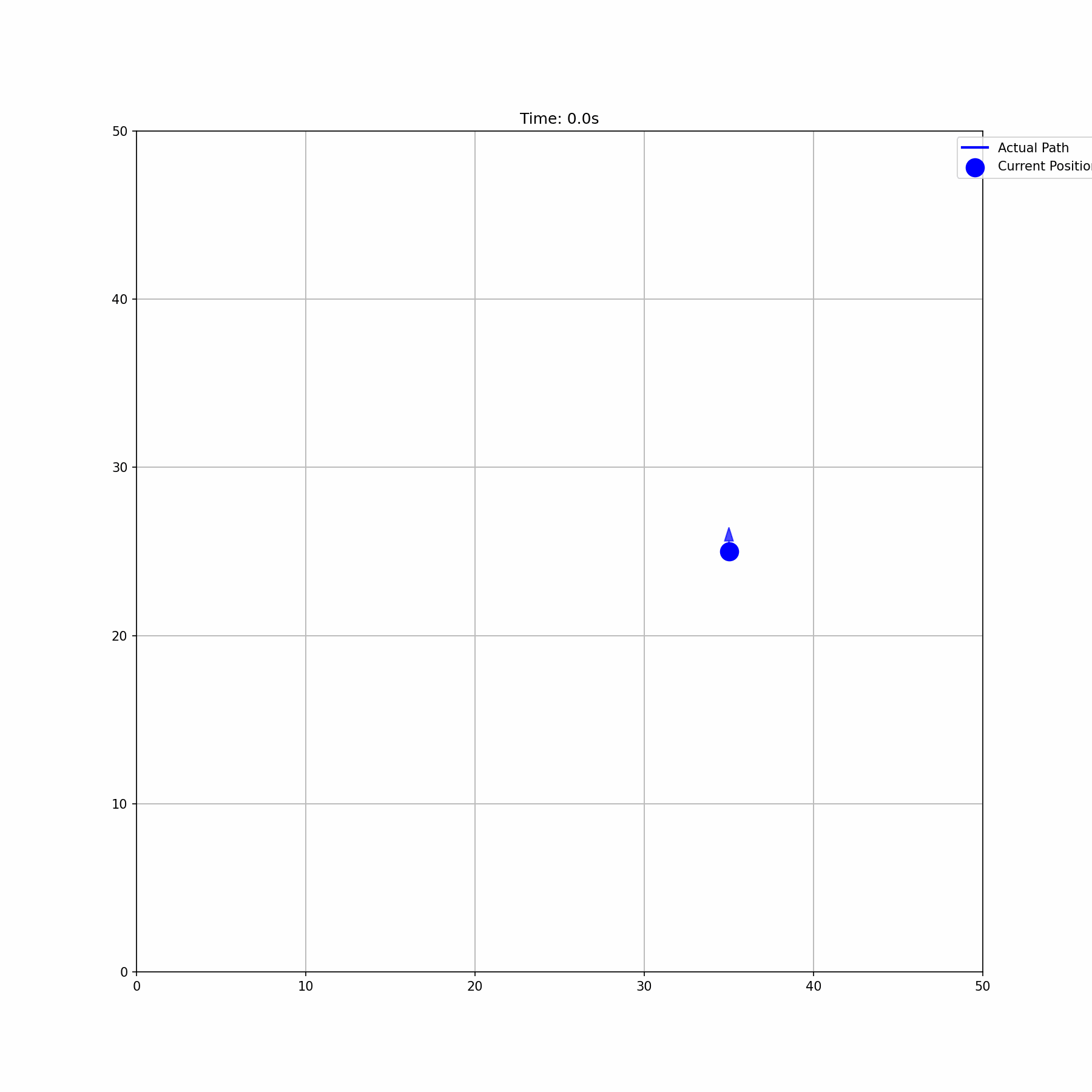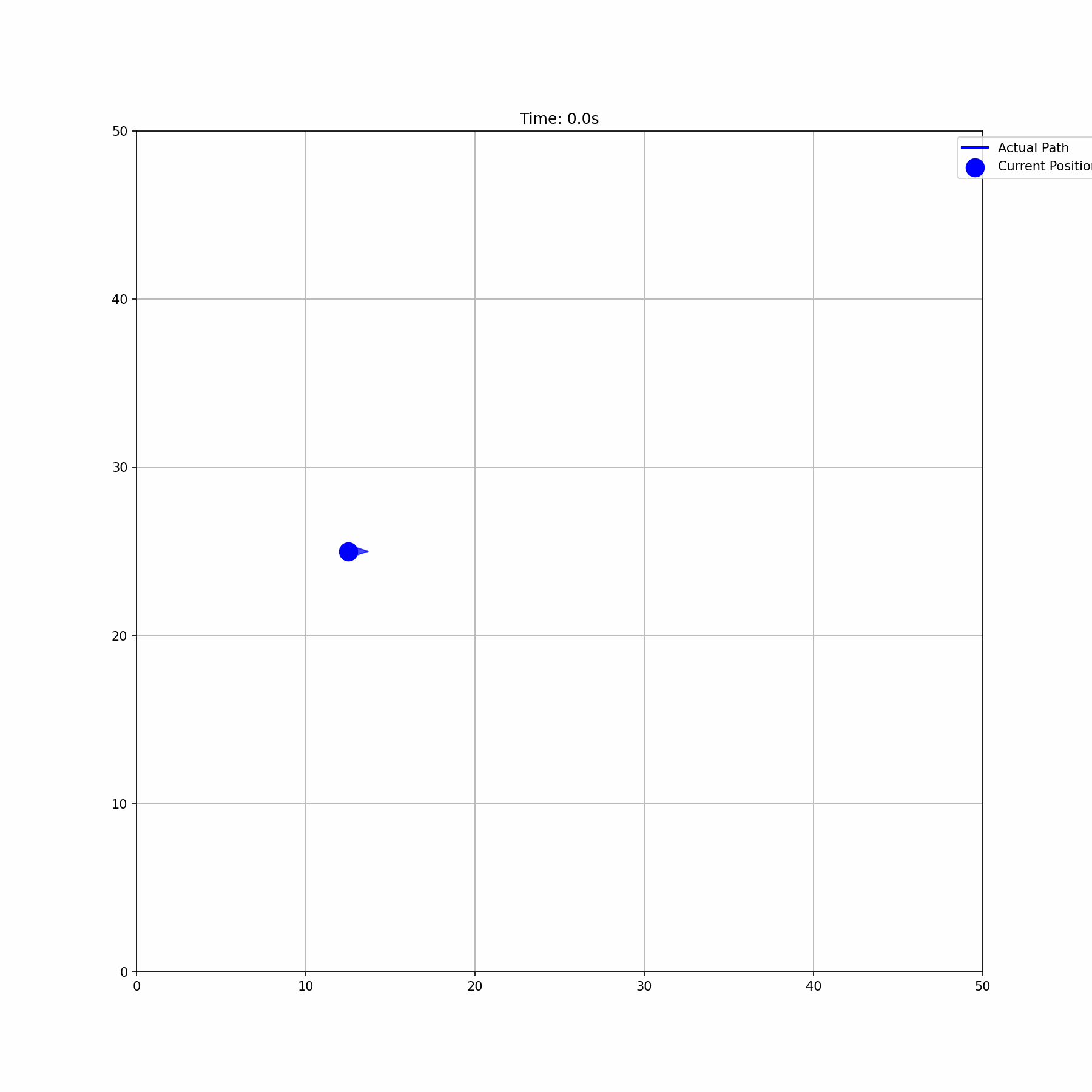Challenge
Create a unified prediction system that can accurately track and predict different types of movement patterns while comparing the effectiveness of classical, deep learning, and ensemble approaches across various trajectory types.
Solution
Developed a comparative framework that tests Kalman Filters, LSTM networks with attention, and an ensemble method across three specific movement patterns. Each approach is evaluated for its prediction accuracy, responsiveness, and adaptation to different trajectory types.
Implementation
- Implemented three distinct test scenarios: circular paths, figure-eight patterns, and lane changes
- Developed Kalman Filter tracking with real-time state estimation for each pattern
- Created LSTM network with attention mechanism optimized for pattern recognition
- Built ensemble system combining both approaches with dynamic weight adjustment
- Implemented comprehensive visualization system showing real-time predictions
- Created comparative analysis framework for all approaches across patterns
Simulation Analysis
Circular Pattern
Constant radius circular movement pattern testing continuous tracking ability

kalman
Accuracy: 96.5%Latency: 45mslstm
Accuracy: 95.8%Latency: 82msensemble
Accuracy: 97.2%Latency: 88msFigure-Eight Pattern
Complex figure-eight pattern testing adaptation to changing curvature

kalman
Accuracy: 93.2%Latency: 48mslstm
Accuracy: 94.8%Latency: 85msensemble
Accuracy: 95.4%Latency: 90msLane Change Pattern
Sudden direction change testing rapid adaptation capabilities

kalman
Accuracy: 94.5%Latency: 42mslstm
Accuracy: 96.2%Latency: 80msensemble
Accuracy: 96.5%Latency: 86msTechnical Architecture
Test Pattern Comparison
Overview of the three test trajectories and prediction approaches
Pattern-Specific Processing
Prediction process flow for each pattern type